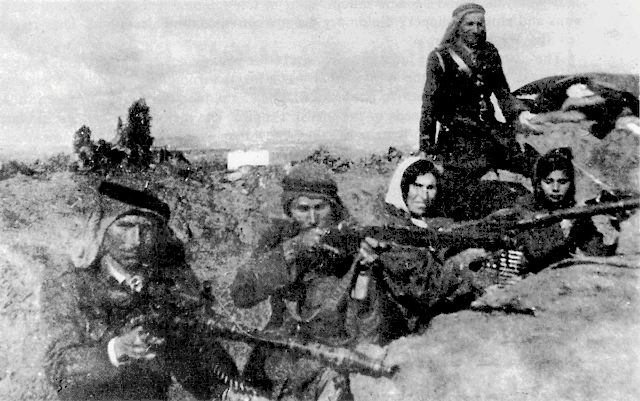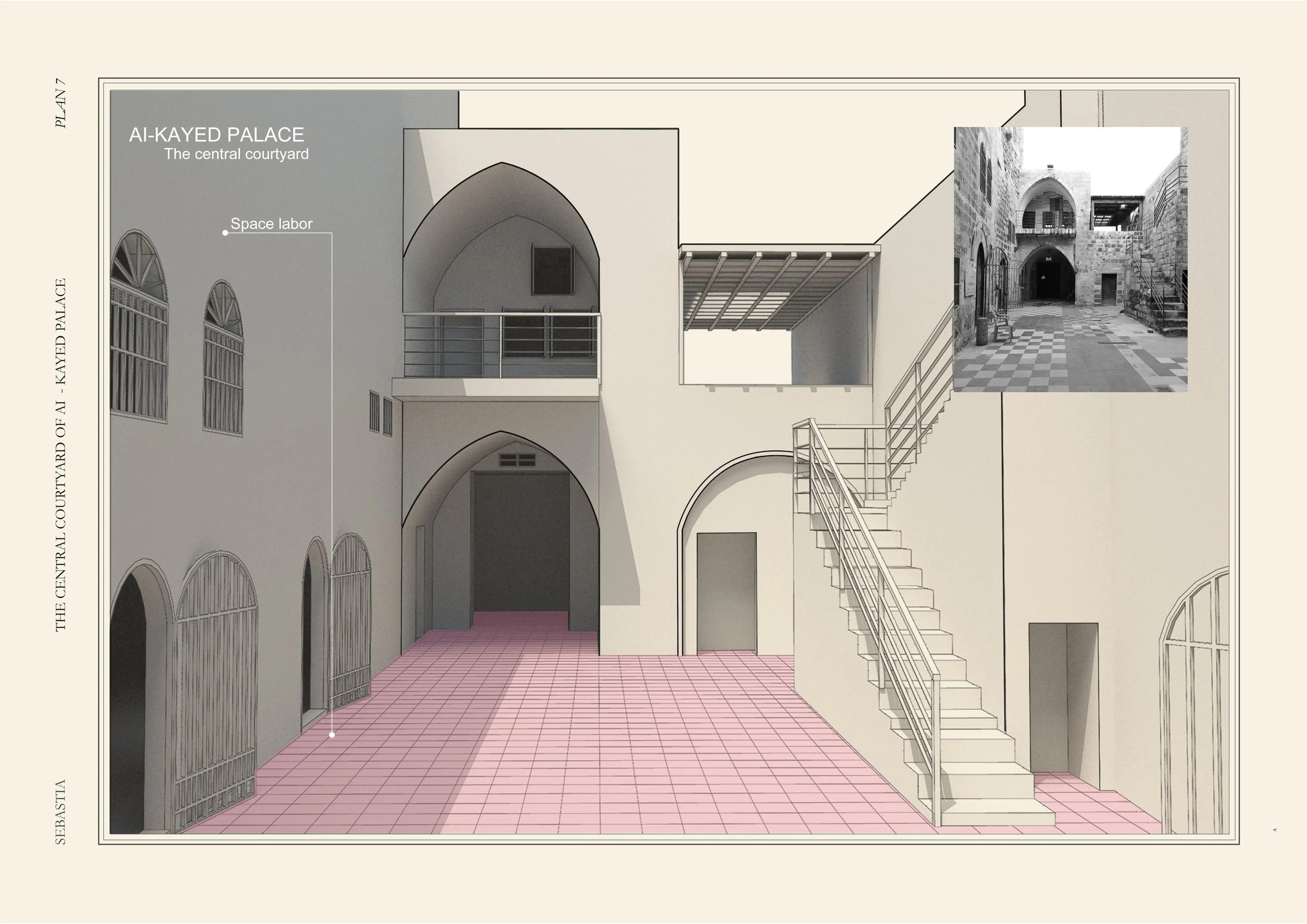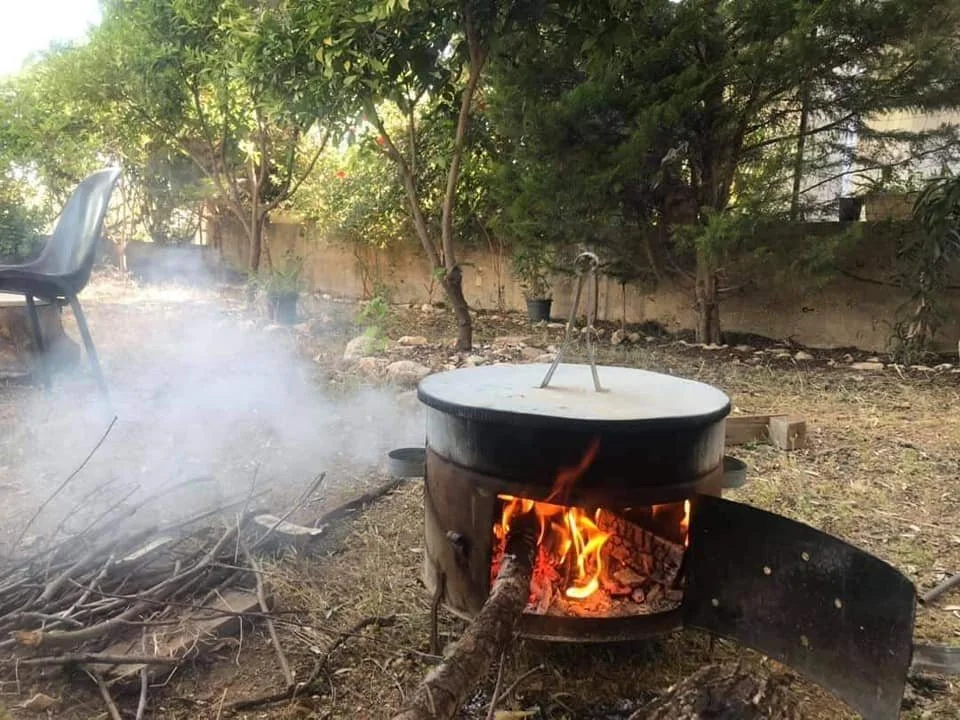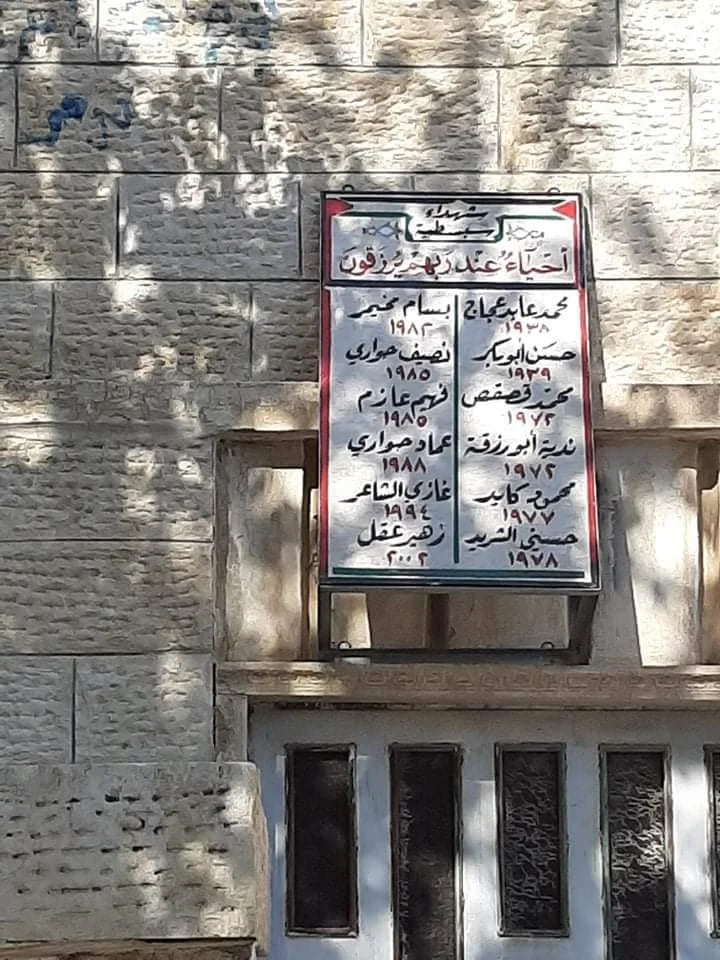Xiayu Zhang (Caspar)
WHY SHOULD WE CARE ABOUT THE WORK OF SEBASTIA WOMEN?
The new generation of Sebastia women plays an important role in the political and economic spheres through their participation in women's committees and cooperatives. At the same time, the sustainable development system they have created provides a local solution to poverty and unemployment. Their goals are to resist economic aggression and liberate themselves from restrictions.
On the other hand, women remain the bearers of cultural heritage, perpetuating the life of traditional Palestinian crafts through the manufacture of handicrafts. The sites where they work are also witnesses to history.
“Our women are the guardians of our presence on this blessed land, our partners in the struggle and fight against the occupation.” from Mr. Kayed’s facebook.
The Context
Before focusing on the women of Sebastia, we need to know a little about the history of the revolution in order to understand the achievements of women in the current phase.
In almost 100 years of Palestinian history, women's liberation and national liberation have been closely linked. Women's committees contributed greatly in the war, and in the modern context, women's committees and women's cooperatives are still an important part of the fight against economic aggression.








Communist women fighters in Palestine, 1960s
The establishment of the Women's Commission intends to free women from multiple frames of oppression.
The map of Sebastia ⬇
WOMEN IN SEBASTIA
Women's Workshop System
There is a system consisting of AI-Kayed Palace, Mosaic Guesthouse Sebastia (including Mosaic Guesthouse Nisf Jubeil) and Sebastia Guesthouse. The system supports the local community in various ways, including policy, economic and philanthropic.
Women are the main force in this system.
Sustainable Development System
In AI-Kayed Palace, through the power of the women's committee and HASFA, the work of the palace is broadly divided into cultural, political, community service, workshop and economic activities. The political and public service activities are the most influential, while the Mosaic Guesthouse Sebastia and Nisf Jubeil belong to one, their activities are mainly in culture, community work society and tourism, but the focus is on the preservation of intangible cultural heritage, such as traditional food. And the Sebastia Guesthouse mainly provides conditions for women's development economically.
AI-KAYED PALACE


















The Al-Kayed Palace Guesthouse is an Ottoman-era palace in the West Bank village of Sebastia, built for the Al-Kayed family in around 1855.
The ground floor of the building was renovated by the Palestinian cultural NGO Riwaq in 2007 for the benefit of the Union of Women’s Committees for Social Work in Palestine, a women’s association which works in Sebastia. They use it for community and cultural activities such as crafts, soap-making, cooking, homework clubs and health projects. Other community groups in the village also use the space for events and meetings。
Spacial Labor ⬇





What about the bricks know
The elevations of Al-Kayed Palace are witnesses to history, the old and new bricks link the past and the present. They are also signs of the residents' determination to defend their home land.
In 2011, Riwaq also renovated the upper floors of the building for the Women’s Committee Club of Sebastia to develop as a guesthouse. With the support of HAFSA (Hanwell Friends of Sabastiya, a British twinning group), Members of the women’s group also work in the guesthouse, and goods such as soap, embroidery and jam made by local women are also sold there.
School Canteen Project
This project has been running for three years and serves six schools between the towns of Barqa and Beil Merin.
The women in the AL-Kayed Palace provide catering services for the children of the surrounding schools, while the women's committee pays them for their labor.
The collection of activities in Al-Kayed Palace




























Culture activities
Women create opportunities to rebuild economy
The Sebastiya Women’s Society has done just that. It is hosting a group of seven women’s associations – many of which are composed of women from difficult economic circumstances – from neighbouring northern West Bank villages (Jenin, Arraba and Ya’bad), providing a centralized point of sale where they have access to a more predictable and constant marketplace to sell their wares.
HAFSA is the best friend ➡
The people of Hanwell, in west London, have visited and supported the ancient Palestinian village of Sabastiya for over a decade.
Resolution 1325 Education Sessions Held
The Women's Committee held numerous educational workshops and conferences focusing on Security Council resolution (1325) on women, peace and security, issued in 2000, which is addressed to all UN member states. These workshops were held through the Women's Center in the towns and villages of Askar Al Shamaliah, Sebastia and Beit Dajan in the Askar camp, at the Mothers' School and at the headquarters of the Popular Struggle Front in the city.
Translated with www.DeepL.com/Translator (free version)
HAFSA
Live ⬇
The peaceful good life is witness to the bravery and determination of those who live in Sebastia to seek light and hope.
MOSAIC CENTER SYSTEM
Mosaic System
Mosaic Centre Association was established in 2002 , after a training course in mosaic production and mosaic restoration that took place in Jericho " Hisham's Palace" with the cooperation with the Italian government, Custodia of the holy land and the Palestinian ministry of tourism. The training course last for three years and targeted six Palestinians. After the end of the course, two young men of the trainees with Mr Osama Hamdan "the recent director of our association established the idea of a workshop and called " Mosaic Centre Jericho" and started working on making mosaic pieces and teaching others. The family started to grow little by little. Later, Mosaic Centre Jericho become able to restore historical buildings with funds from many different organizations, and managed to restore historical buildings in Sebastia and Nisf Jubeil and in other places. In Sebastia, raised the idea as there was a need to create a suitable place to accommodate the visitors of the village, so we rented one of the restored houses and made as a guest house and this was in 2007. The aim is to create revenues for our people and in the same time preserve our cultural heritage. Now, we are more than 25 persons " 70% are women" working in the different branches of otheir association。
MOSAIC GUESTHOUSE SEBASTIA AND MOSAIC GUESTHOUSE NISF JUBEIL
Mosaic Guesthouse Sebastia/ Nisf Jubeil











⬅Mosaic System
Mosaic Guesthouse / Sebastia
Ceramic Centre / Nisf Jubeil
Nisf Jubeil Kitchen and guest house / Nisf Jubeil
Mosaic Centre Bethlehem / Bethlehem





⬇A video of a gate with a wall made of blood many stones, symbolising the resilience of women clinging together.
The collection of activities in Mosaic Guesthouse Sebastia and Nisf Jubeil
Women are mothers, warriors, and also protectors of traditional culture.


















Cultural heritage






























Competition for Cooking Traditional Palestinian Food Threatened to Disappear" in the kitchen of Nisf Jubeil ⬆
The competition focused on cooking Palestinian popular dishes threatened to be forgotten, and this event comes in an effort to consolidate the Palestinian heritage in the midst of all these targeted attacks on our Palestinian heritage and identity. Locals from women, youth, children and elderly participated in the event and prizes were distributed among the winners of the competition.
SEBASTIA GUESTHOUSE
The guesthouse sebastia is an individually owned and operated hotel which supports local tourism through the provision of housing. It also supports women by providing space for women to sell mountain goods on the premises.











Maha Hawari
Maha was supported by the SEBASTIYA guesthouse, and together with other women in Sabastia, Maha organized a sewing course for disabled children, funded by the guesthouse (influencing more than 40 disabled people between 18 and 50 years old, also from Nablus and other villages, to attend the course). .
A HISTORY OF CLOSE ASSOCIATION WITH WOMEN IN SEBASTIA
THANKS
Ahmad Kayed / AL-Kayed Palace
Lyad Njoom / Mosaic Centre Jericho
Catherine Bjarnason / HASFA
Source:
https://www.facebook.com/alkayedpalaceguesthouse
https://www.facebook.com/mosaicghsebastia
https://www.facebook.com/NisfJubeilKitchen
https://www.facebook.com/MosaicGhNisfJubeil/
https://www.facebook.com/NisfJubeil.Ceramic/
https://hafsa.org.uk/
https://ps.boell.org/ar/2021/06/10/mosaics
https://www.proterrasancta.org/en/














































